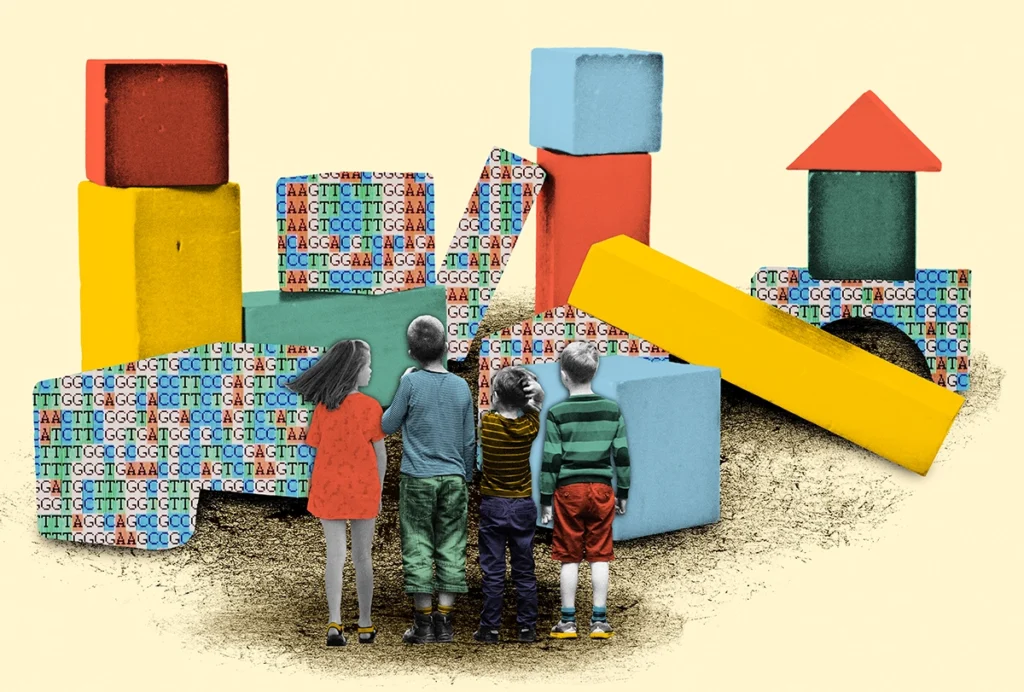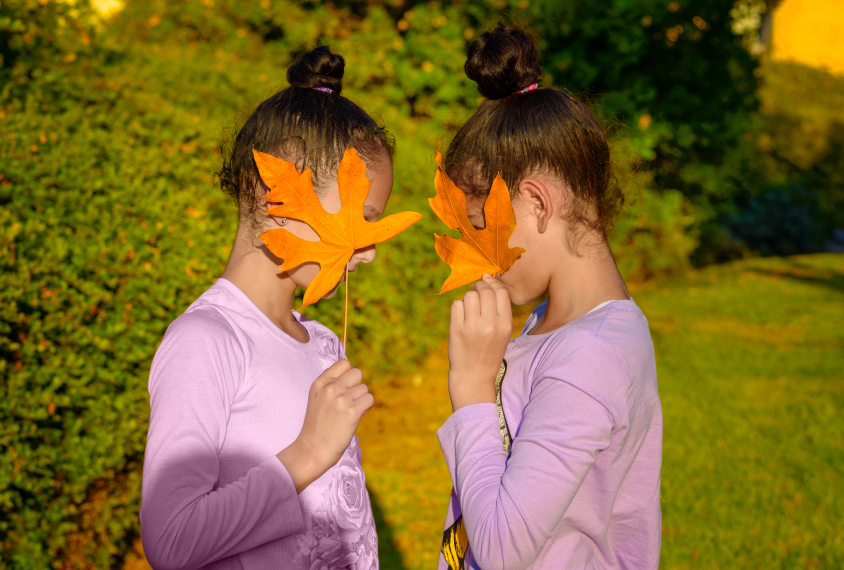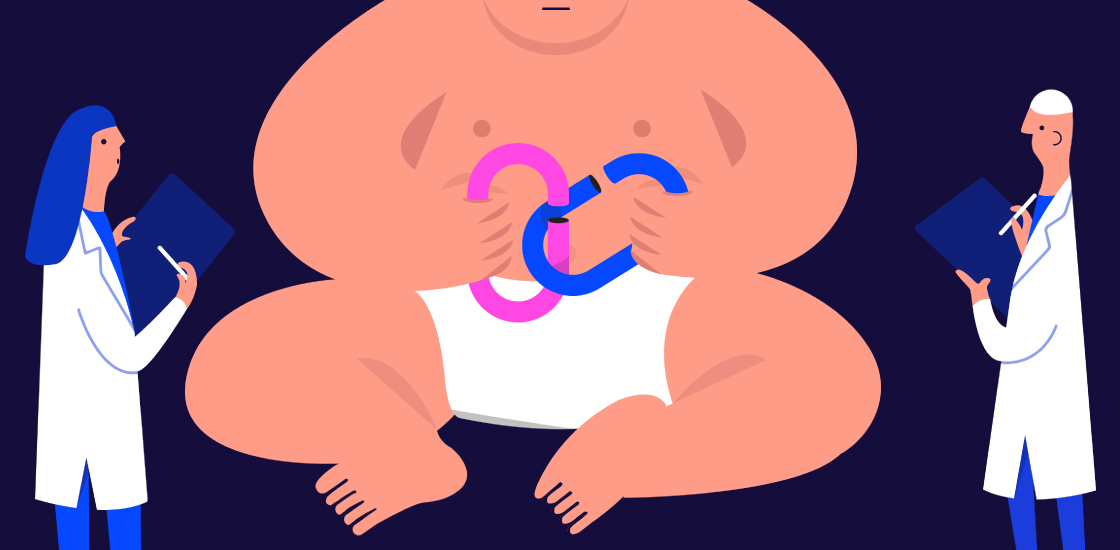John N. Constantino is a board-certified child and adolescent psychiatrist and chief of behavioral and mental Health at Children’s Healthcare of Atlanta, as well as professor of psychiatry and pediatrics at Emory University School of Medicine. He is an international leader in autism trait phenotyping, sex differences in autism, and endophenotypic analyses.

John Constantino
Chief of behavioral and mental health
Children’s Healthcare of Atlanta
From this contributor
Autism is more heritable in boys than in girls
If boys have greater inherited liability for autism, the female protective effect may not fully explain the sex difference in prevalence.

Autism is more heritable in boys than in girls
Q&A with John Constantino: Solving the biomarker conundrum
Biological factors that reflect autism’s roots may differ from those that influence how severe the condition is. Failure to make a distinction has stymied the search for biomarkers.

Q&A with John Constantino: Solving the biomarker conundrum
Traits of other conditions may spur autism
Early features of other conditions may contribute to autism itself

Traits of other conditions may spur autism
Japanese spectrum
Researchers studying autism prevalence should take into account the continuous nature of autism symptoms in the general population, says John Constantino.
Explore more from The Transmitter
Some facial expressions are less reflexive than previously thought
A countenance such as a grimace activates many of the same cortical pathways as voluntary facial movements.

Some facial expressions are less reflexive than previously thought
A countenance such as a grimace activates many of the same cortical pathways as voluntary facial movements.
Cracking the neural code for emotional states
Rather than act as a simple switchboard for innate behaviors, the hypothalamus encodes an animal's internal state, which influences behavior.

Cracking the neural code for emotional states
Rather than act as a simple switchboard for innate behaviors, the hypothalamus encodes an animal's internal state, which influences behavior.
Alex Maier argues that a scientific explanation of consciousness requires grounding in formalized mathematics
When it comes to discovering laws of nature for consciousness similar to those in physics, Maier argues that integrated information theory is the only game in town.
Alex Maier argues that a scientific explanation of consciousness requires grounding in formalized mathematics
When it comes to discovering laws of nature for consciousness similar to those in physics, Maier argues that integrated information theory is the only game in town.
